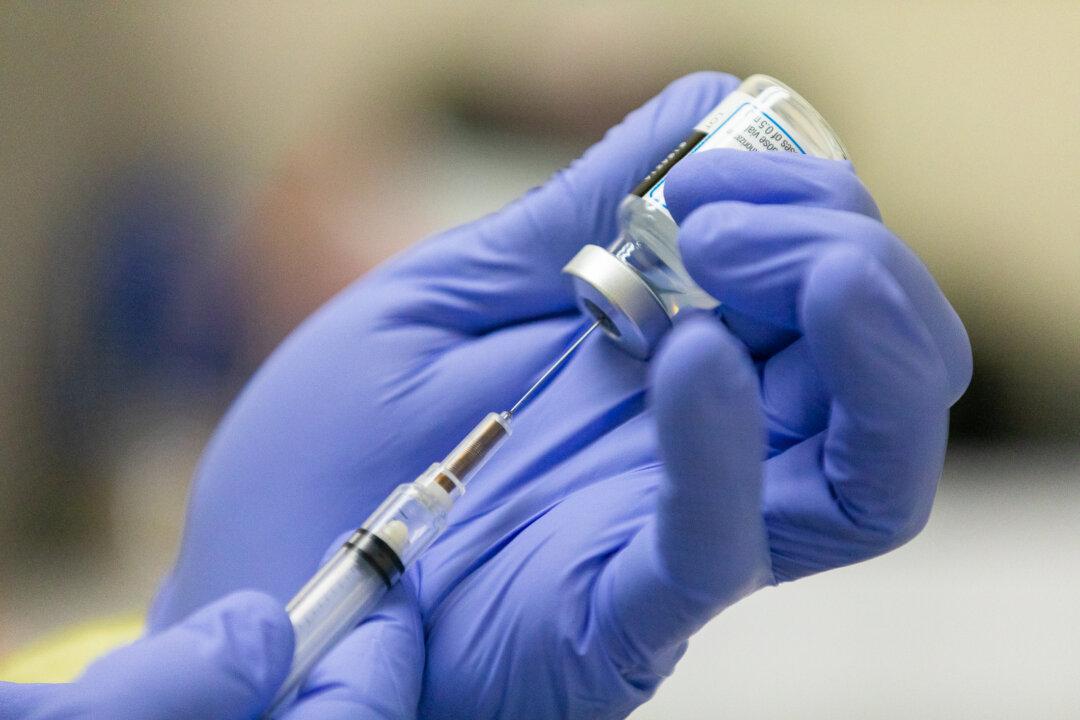Childhood vaccination rates in Australia have dropped since COVID-19, posing ongoing challenges to preventing diseases, a report has found.
The National Centre for Immunisation Research and Surveillance (NCIRS) report (pdf) looks into how the pandemic affected vaccination rates in Australia.





